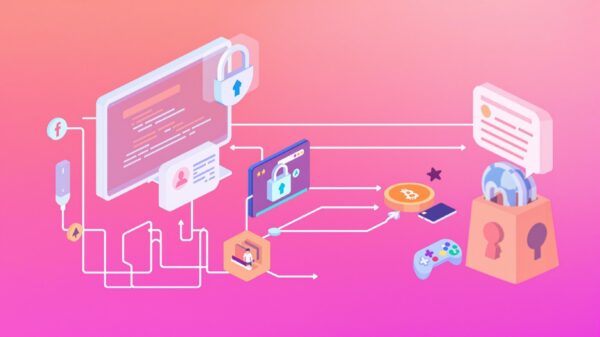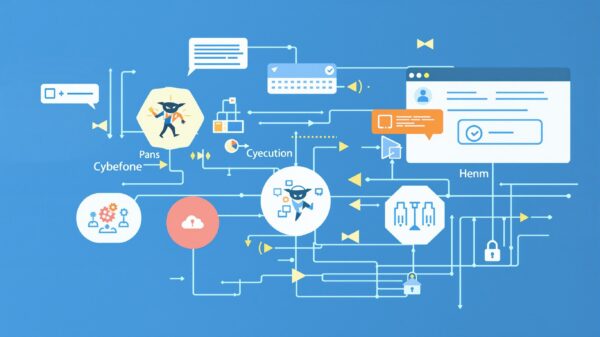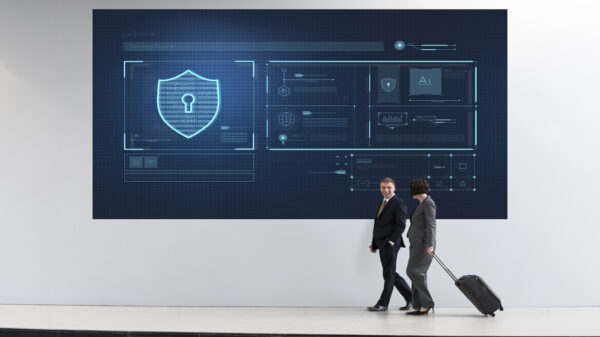Cybersecurity has become an essential aspect of our daily lives, with the increasing reliance on digital systems and technologies. The growing number of cyber-attacks has highlighted the need for companies and individuals to take necessary measures to protect their data from potential threats.
One way of safeguarding sensitive information is through cybersecurity testing. Cybersecurity testing methods involve the assessment of a system’s security posture, identifying vulnerabilities and potential risks to eliminate them before an attack can occur.
Importance of Cyber Security Testing
Cybersecurity is crucial in safeguarding sensitive information such as personal data, financial records, and intellectual property from malicious actors. A single cyber attack can have devastating consequences for individuals and businesses alike, causing financial loss, reputational damage and even legal implications.
Cybersecurity testing ensures that all potential vulnerabilities are identified and addressed before they can be exploited by attackers. It serves as a proactive measure to prevent cyber attacks and minimize the impact in case of a successful attack.

Types of Cyber Security Testing Methods
There are various types of cybersecurity testing methods, each serving a specific purpose in identifying and addressing security vulnerabilities. Let’s take a closer look at some of the common methods used.
Vulnerability Scanning
Vulnerability scanning is a type of cybersecurity testing that involves the use of automated tools to scan systems, networks, and applications for known vulnerabilities. These tools simulate attacks from potential hackers, looking for weak entry points and misconfigured settings that could be exploited to gain unauthorized access. Once vulnerabilities are identified, they can be remediated before attackers can exploit them.
Penetration Testing
Penetration testing, also known as pen-testing or ethical hacking, is a more comprehensive approach to cybersecurity testing. It involves simulating real-world cyber attacks on a system to identify potential weaknesses and assess the effectiveness of existing security measures. Unlike vulnerability scanning, penetration testing involves both automated and manual techniques to identify vulnerabilities that may not be detected by automated tools.
Security Audits
Security audits are in-depth assessments of an organization’s entire cybersecurity infrastructure. They involve a thorough review of security policies, procedures, and controls to identify any weaknesses or gaps that could be exploited by attackers. Security audits also help organizations ensure compliance with industry standards and regulations.
Social Engineering Testing
Social engineering testing involves attempting to manipulate individuals into providing sensitive information or granting access to restricted systems. This type of cybersecurity testing aims to assess the susceptibility of employees to phishing emails, phone scams, and other social engineering tactics used by attackers.

Choosing the Right Cyber Security Testing Method
With various cybersecurity testing methods available, it can be challenging to determine which one is best for your organization. The right method will depend on several factors, including the size of your company, industry regulations, and budget constraints.
Small businesses may benefit from vulnerability scanning and security audits to identify potential weaknesses in their systems at a lower cost. On the other hand, larger organizations with more complex IT infrastructures may require more comprehensive testing methods such as pen-testing.
Conclusion
Cyber attacks are becoming more sophisticated, and the consequences can be severe. Cybersecurity testing is crucial in protecting sensitive information from potential threats and preventing costly data breaches. By regularly assessing the security posture of your systems using various cybersecurity testing methods, you can ensure that your organization’s data remains safe and secure.
Remember, it is always better to be proactive in mitigating risks rather than dealing with the aftermath of a successful cyber attack. So, take the necessary steps to secure your data today and prevent tomorrow’s potential threats. Let’s stay safe and secure in this digital world!






















